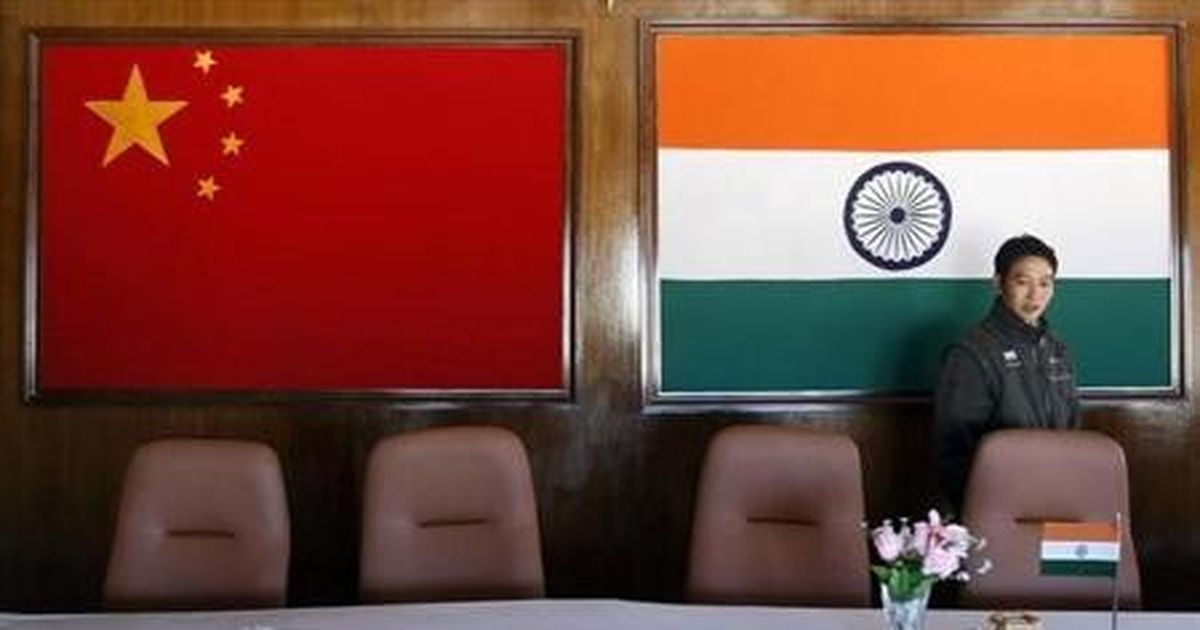BY ROBERT KAGAN
Think of two significant trend lines in the world today. One is the increasing ambition and activism of the two great revisionist powers, Russia and China. The other is the declining confidence, capacity, and will of the democratic world, and especially of the United States, to maintain the dominant position it has held in the international system since 1945. As those two lines move closer, as the declining will and capacity of the United States and its allies to maintain the present world order meet the increasing desire and capacity of the revisionist powers to change it, we will reach the moment at which the existing order collapses and the world descends into a phase of brutal anarchy, as it has three times in the past two centuries. The cost of that descent, in lives and treasure, in lost freedoms and lost hope, will be staggering.
Where exactly we are in this classic scenario today, how close the trend lines are to that intersection point is, as always, impossible to know. Are we three years away from a global crisis, or 15?
Americans tend to take the fundamental stability of the international order for granted, even while complaining about the burden the United States carries in preserving that stability. History shows that world orders do collapse, however, and when they do it is often unexpected, rapid, and violent. The late 18th century was the high point of the Enlightenment in Europe, before the continent fell suddenly into the abyss of the Napoleonic Wars. In the first decade of the 20th century, the world’s smartest minds predicted an end to great-power conflict as revolutions in communication and transportation knit economies and people closer together. The most devastating war in history came four years later. The apparent calm of the postwar 1920s became the crisis-ridden 1930s and then another world war. Where exactly we are in this classic scenario today, how close the trend lines are to that intersection point is, as always, impossible to know. Are we three years away from a global crisis, or 15? That we are somewhere on that path, however, is unmistakable.










